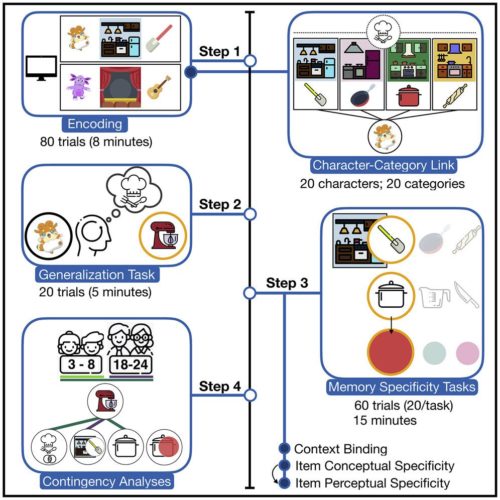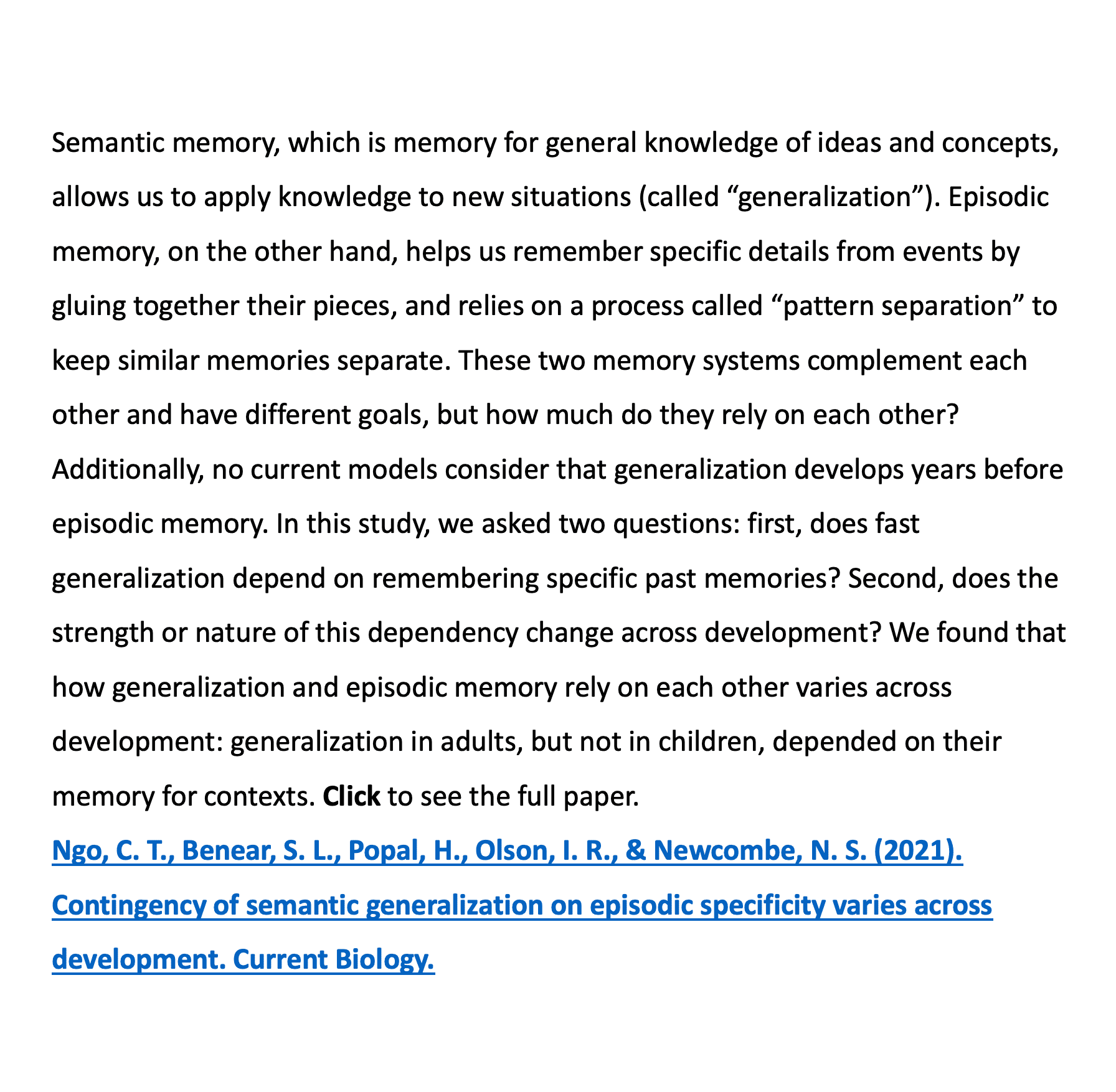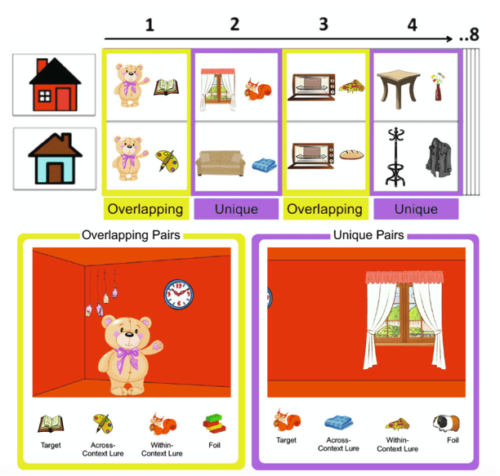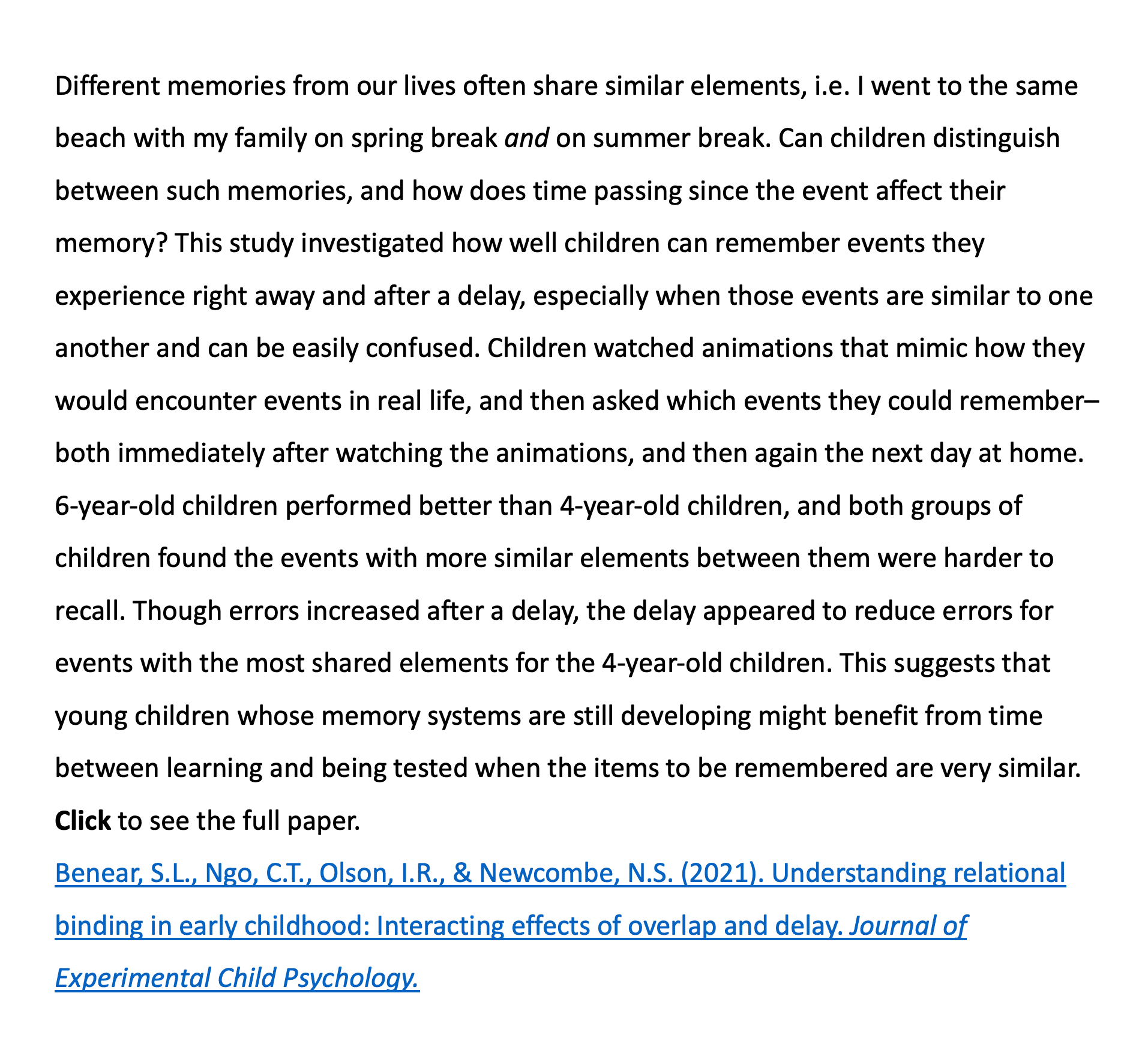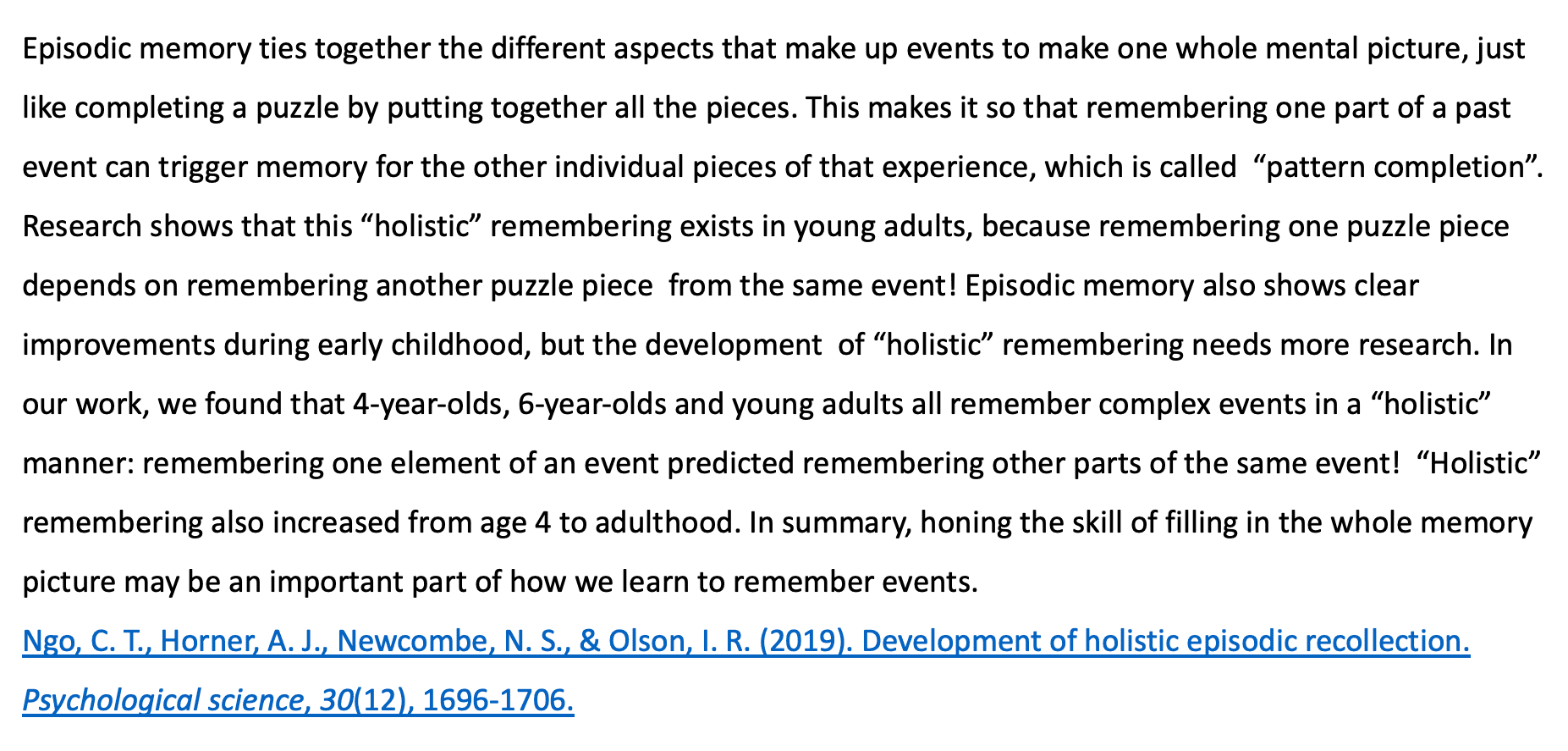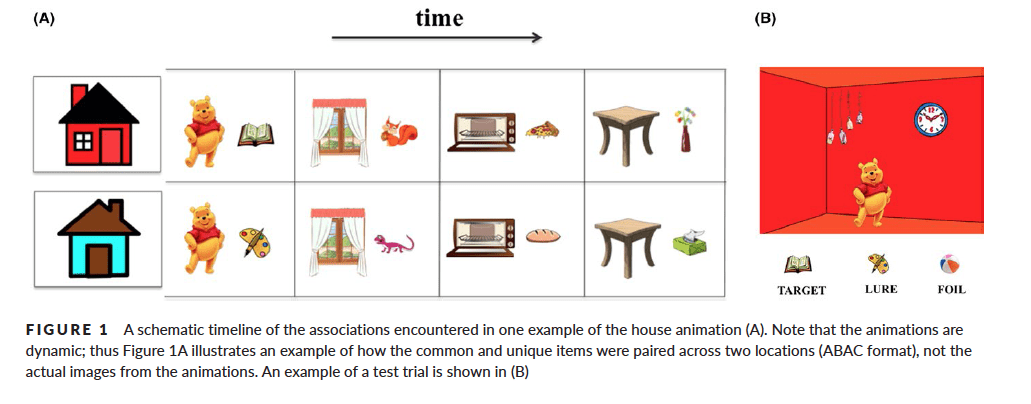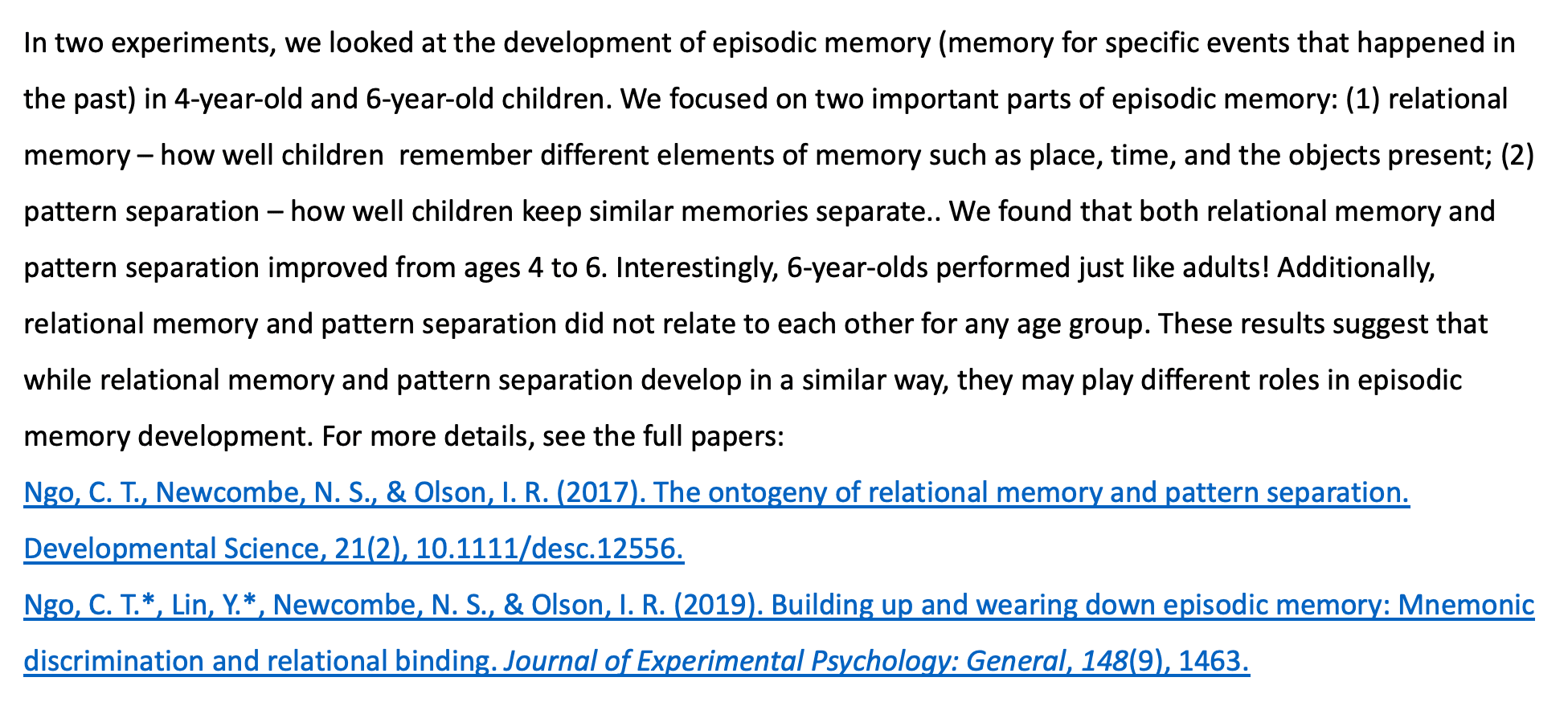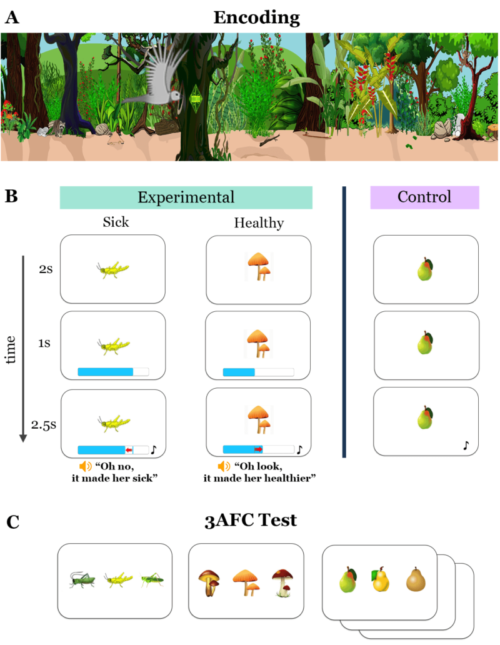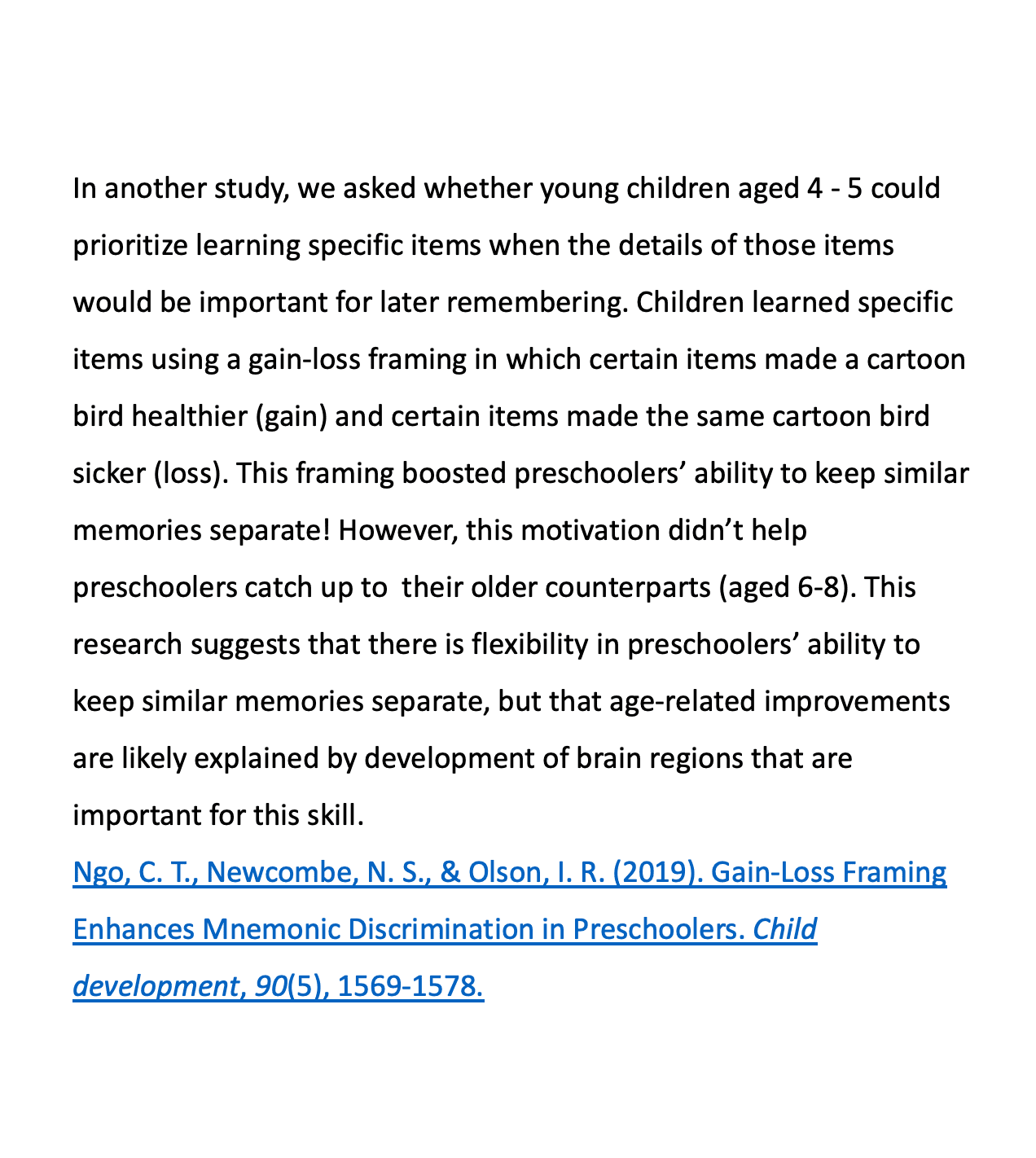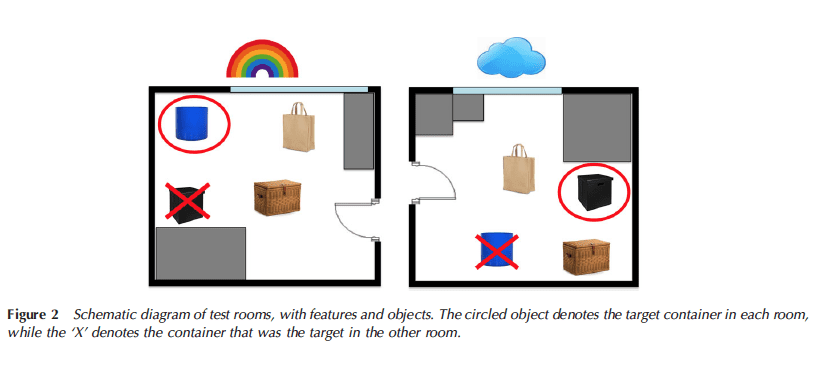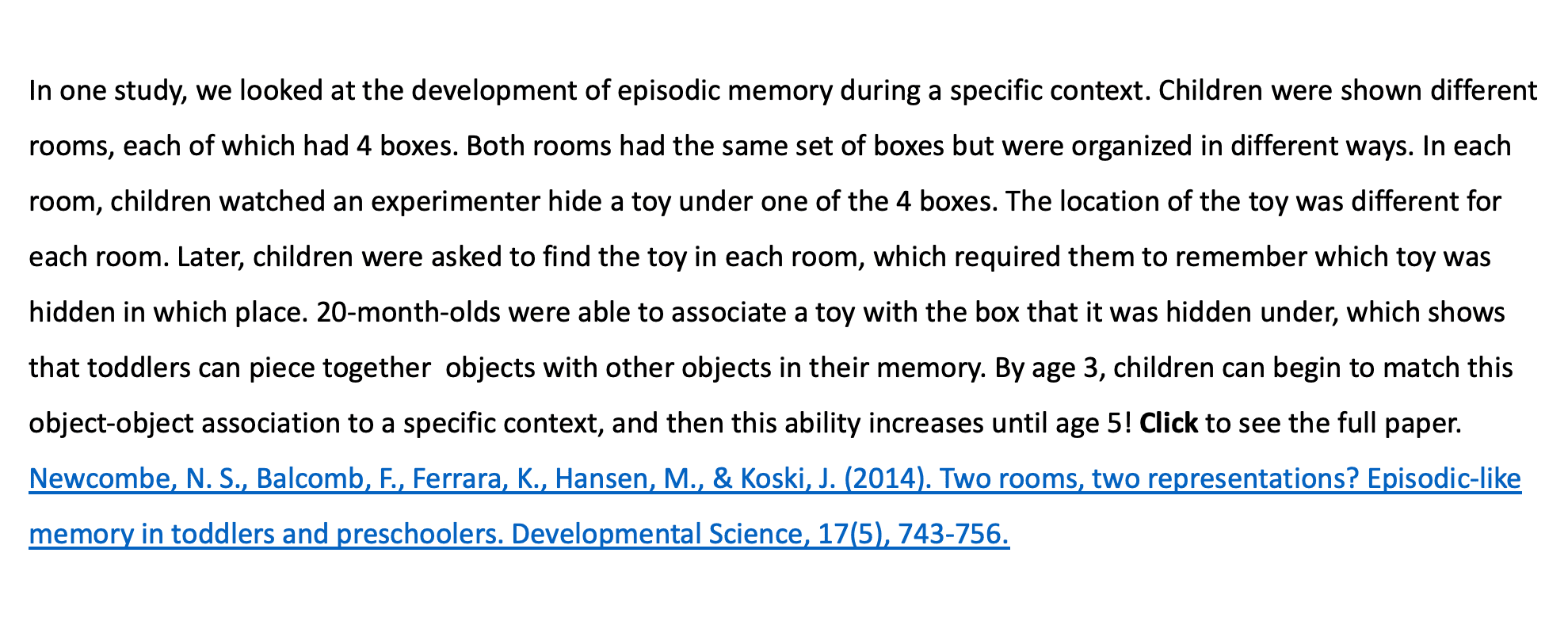Home Sweet Home

Ages: 3 – 8 years
Location: Philadelphia (Main) or Ambler campus
How do children apply their learning to new situations? To find out, we’re recruiting typically developing children ages 3 – 8 for the Home Sweet Home Study. Children will play a fun computer game where they will be asked to learn where different animals live in an imaginary land. You and your child will be compensated for this 1-hour study (including breaks and snacks) with a gift card and your child will get to pick out a toy or sticker!
Animal Sounds
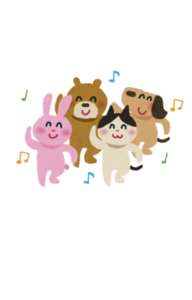 Ages: 4 – 8 years
Ages: 4 – 8 years
Location: Online (via Zoom)
How do children aged 4, 6, and 8 years form memories by associating animal sounds with visual stimuli? In a 30-minute online session via Zoom our child will see a pair of animal pictures and sounds, and then we will test if your child remembers those pictures, sounds, and pairs of them. As a token of our appreciation, each child who takes part in the study will receive a $10 Amazon gift card.
Marvelous Moments
 Ages: 4 – 7 years
Ages: 4 – 7 years
Location: Philadelphia (Main)
How do children learn to remember, and what does that look like in the developing brain? To find out, we are recruiting 4-7-year olds to follow over a year of their life as they develop and change. For this study, you and your child will make a visit to our lab twice, and then twice again for the next two years. Your child will watch cartoons, talk about things they’ve done recently, play memory games, and receive an MRI scan. You and your child will be compensated with a $50 gift card for each 1.5 – 2 hour session (including breaks and snacks) and your child will also receive toys and a picture of their brain!
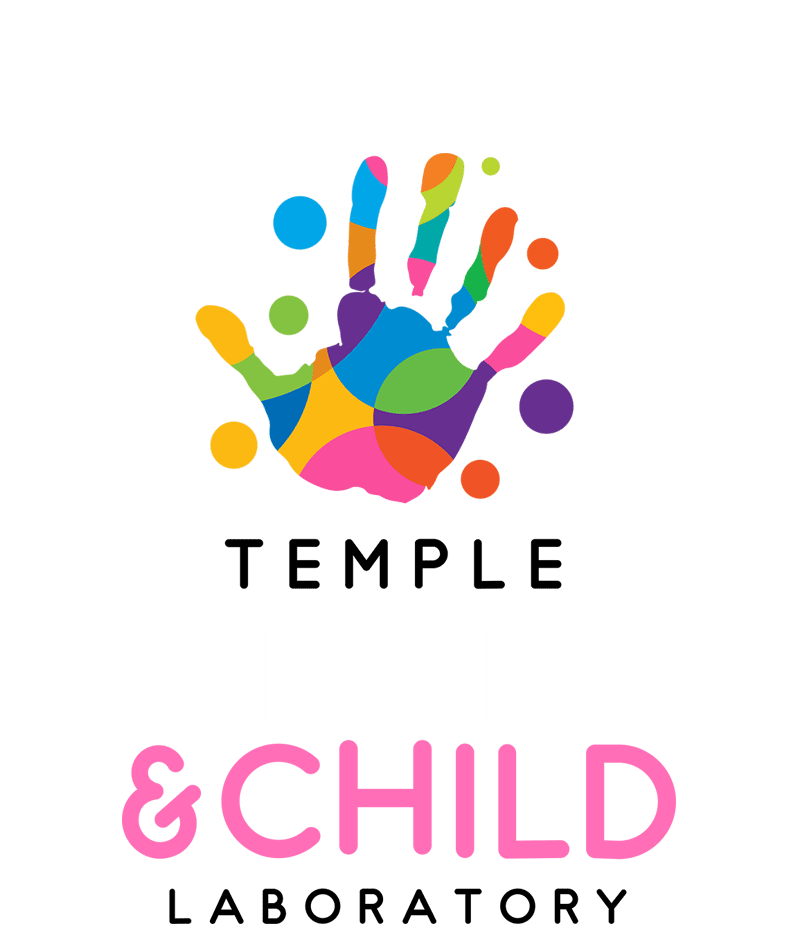






 Ages: 4 – 8 years
Ages: 4 – 8 years Ages: 4 – 7 years
Ages: 4 – 7 years